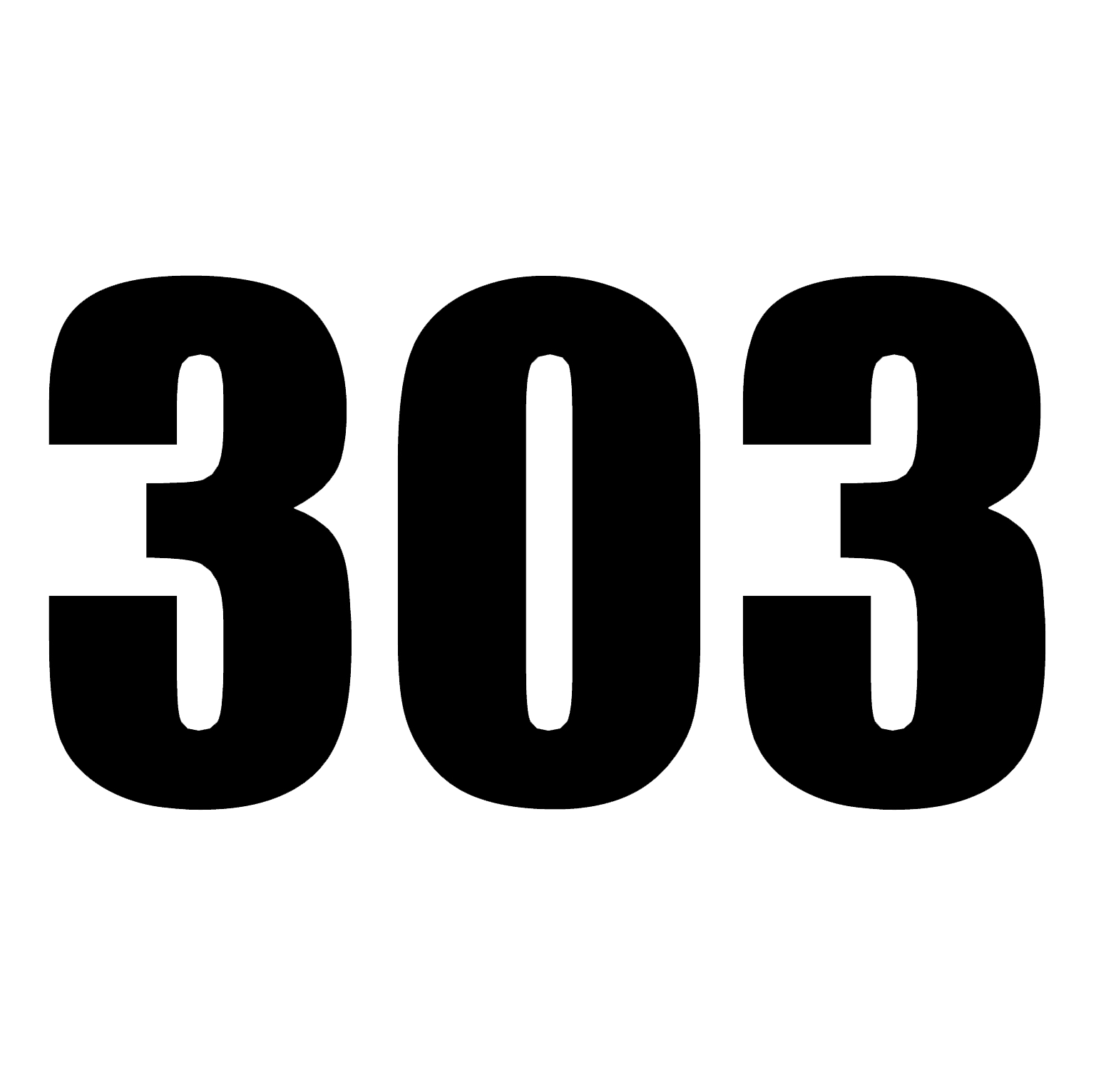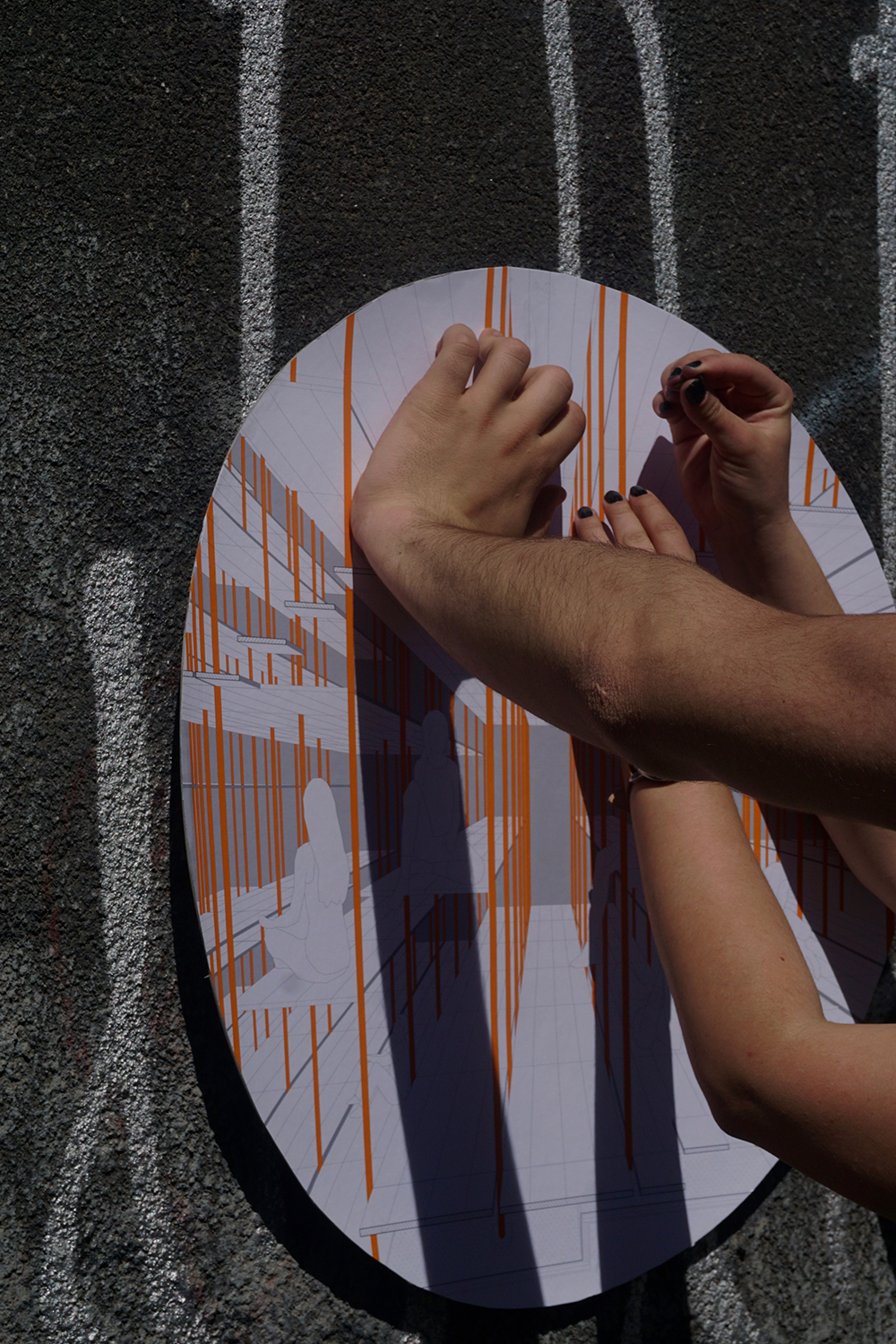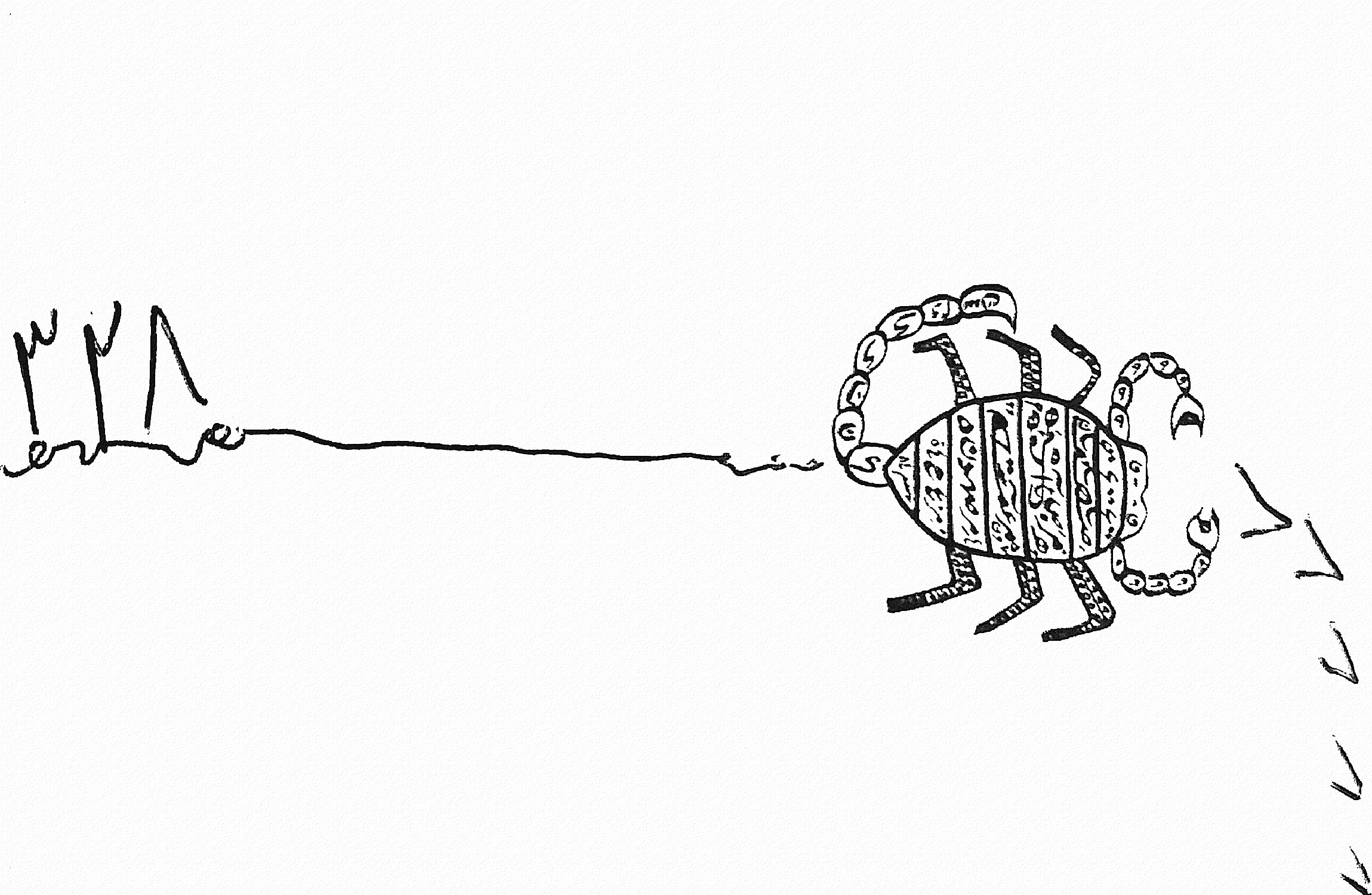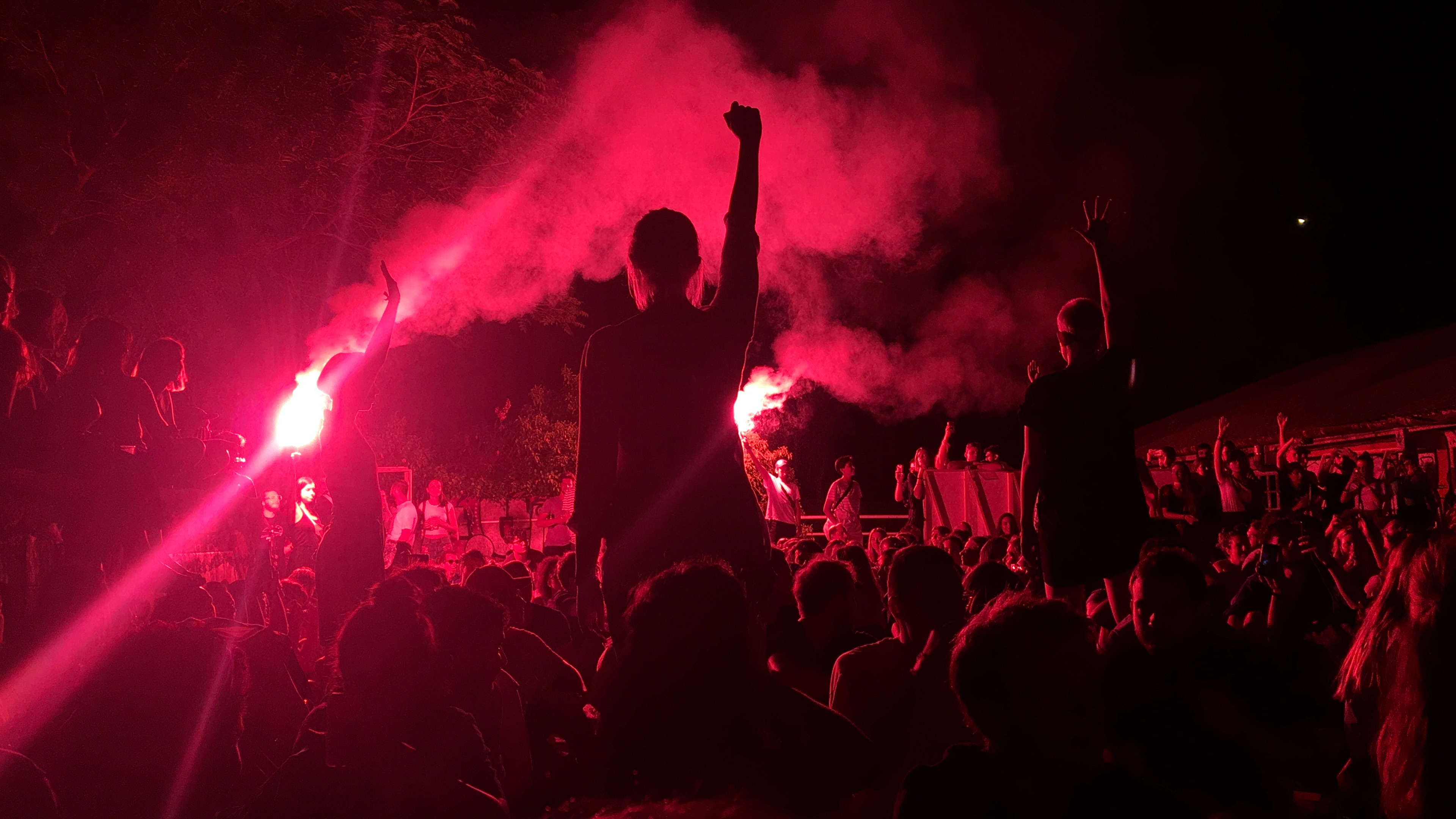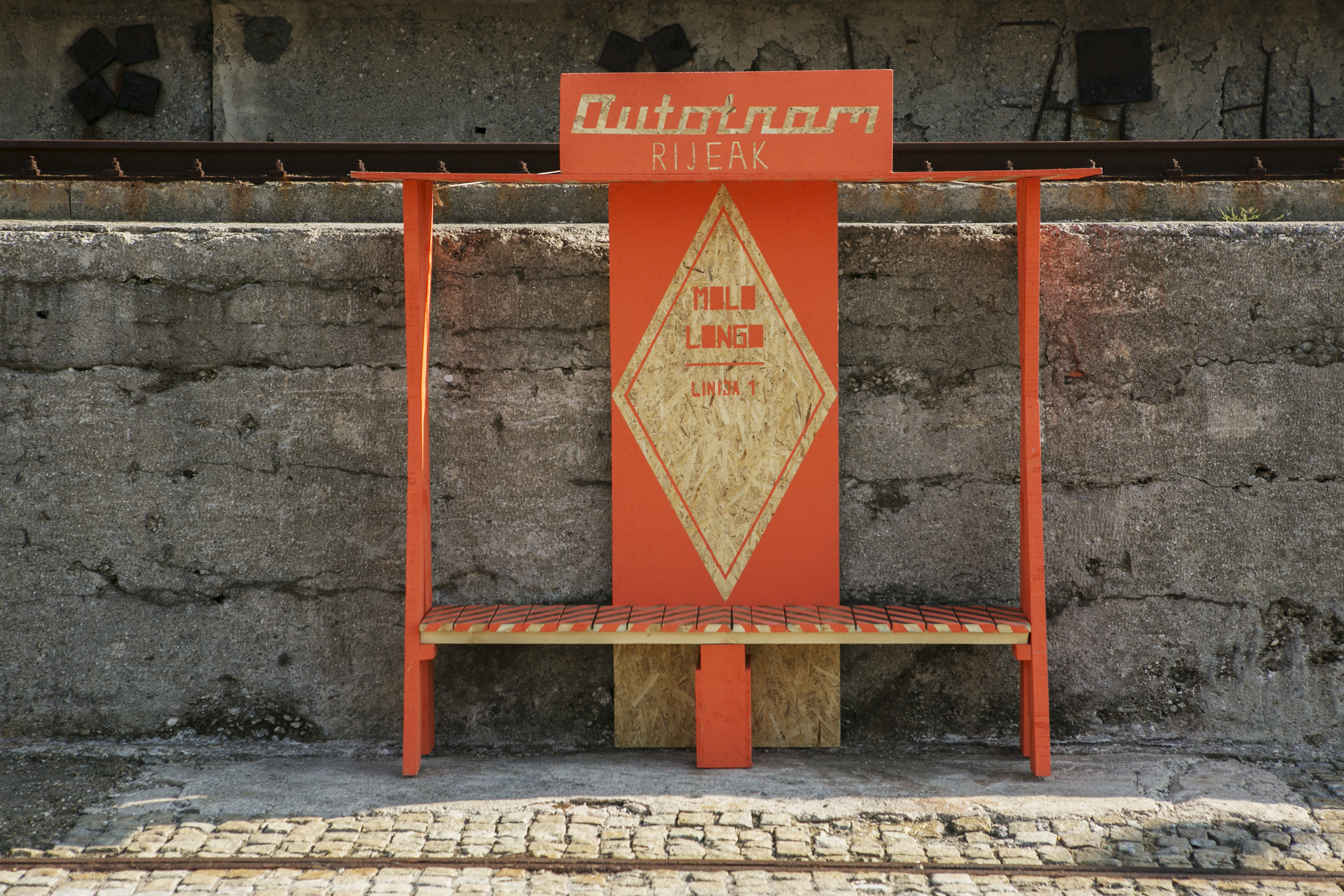Revitalization and adaptation of architecturally valuable buildings that have lost their original purpose have been going on for many years. Such buildings are now abandoned and left to decay. In order to start a debate about their future, it is necessary to awaken the citizens and the architectural profession about their existence and the potential they have. The question is can we (and how), the students of architecture, contribute to the preservation of buildings that are in a similar situation?
One such building that ‘screams’ for revitalization is the building of a former riding hall in the Baron Filipović Street in Zagreb. Because of its spatial specificity and location, it has inspired fourteen students of architecture led by prof. Luka Korlaet. The case of the mentioned building was studied by two consecutive generations of the Architecture Workshop during the course of the first semester of the Master Studies of Architecture and Urbanism in Zagreb, and the results of the workshop were later exhibited at the façade of the building itself.
The task was set so that (through the research of the needs and conditions of the present time we live in) we proposed the purpose that the building of the former riding hall can accommodate. We were thinking of how to reprogram the mentioned building and restore the liveliness to it. In addition to preserving the memory of the place and time in which it originated, we tried to adapt it to a housing+working+socialization complex. This resulted in a program that included residential spaces accompanied by the ‘plus’ program. Such content is open to the community and makes it more active and vivid – a library, a market, a restaurant …
After finishing the semester, we concluded that all our thinking about abandoned spaces in Zagreb will be useful to the community only if we present it to the community itself – the citizens of Zagreb. With the very act of presentation, neglected spaces get a certain amount of attention. Such a reflection brought us to the exhibition ‘Graffiti of Possibilities’ where we tried to present what building of such a scale can become, in the urban context of the center of Zagreb. What would have happened if? What might it one day be?
Exhibited works (circles of 60 cm in diameter) were placed on the street facade of the forgotten building and with the contrast of their proper geometry and with respect to the decaying facade posters looked like graffiti that do not belong here – ‘Graffiti of Possibilities. In the time frame of the academic semester, the exhibition was designed to represent the end of thinking about one space. It represents a sort of ending of a design process so instead of opening an exhibition it was closed on Saturday, April 21, 2018.
Due to the lack of original function, the former riding hall remained empty and easily forgettable. By placing student’s posters on its facade it captured the focus of people who pass by and don’t pay attention to it. With a simple act, we managed to make them stop for a second and think and finally – to ask themselves how much potential impact on the existing context would there be if some of the proposed content actually appeared in it (one day in the future). Proposed programs for this building were diverse and always socially sensitive: the library with accommodation for young adults without proper parental care, hostel with a market, student home with working space, residential building playing with an experimental model of housing, safe house for the victims of domestic violence, accommodation and resocialization center for the homeless, rehabilitation center for people with intellectual disabilities, a gaming center, a speech and language rehabilitation center, an education center for the integration of the Roma…
Students’ works were left on the street facade with an intentional plan to stay there until they fell on the ground – while the posters fade and become impersonal and almost invisible – just as the building bearing them. Just one week after the exhibition was set up, there were only three posters left (there were fifteen posters at the beginning). Posters were taken by ‘unknown art lovers’.They have taken our mobile ‘Graffiti of Possibility’ so that it can be on the wall of their sleeping room. Maybe they have given it as a gift for someone’s birthday or simply thrown them into the garbage or have them as a pad for sitting on a cold concrete floor. We just don’t know. What we know is that they are no longer on the wall, somebody has noticed them, some posters were important enough to be taken, someone who was a random passerby gave meaning to our work.
Text: Dora Ramušćak, Kristijan Mamić
Photos: Sara Stanković
[Best_Wordpress_Gallery id=”143″ gal_title=”Grafiti mogucnosti”]
